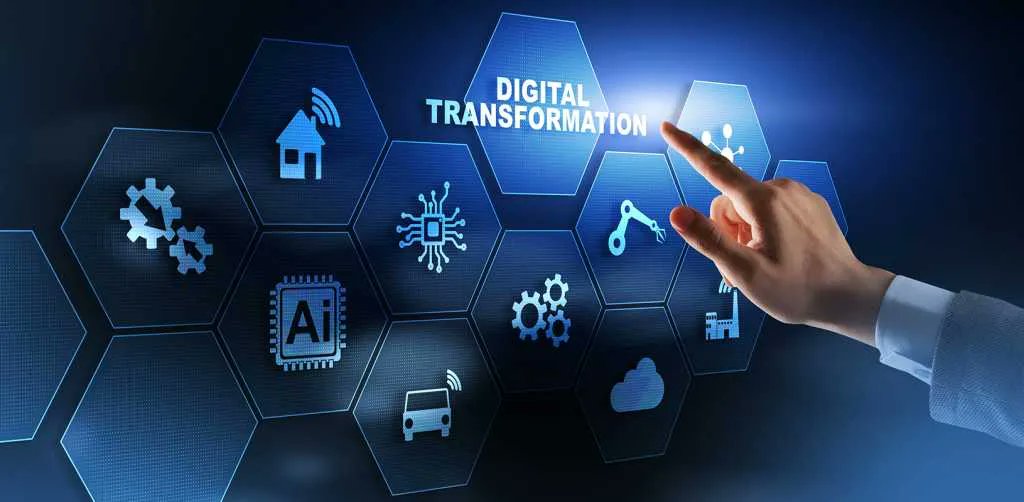Table of Contents
Introduction
Digital transformation is revolutionizing the operational landscape across various sectors, and non-profit organizations are no exception. As the world becomes increasingly interconnected through technology, non-profits must harness these digital advancements to thrive in their missions. This transformation encompasses adopting new technologies, overhauling workflows, and shifting engagement models with donors, beneficiaries, and volunteers. In doing so, non-profits can not only enhance their operational efficiency but also achieve greater visibility and participation in the communities they serve. This article explores how digital transformation impacts non-profits, highlighting the urgency for these organizations to adapt and innovate.
Introduction to Digital Transformation in Non-Profits
Digital transformation means using technology to improve how non-profits operate. It includes adopting tools like Customer Relationship Management (CRM) systems, improving workflows, and fostering a digital-first attitude among staff and volunteers. These changes help non-profits become more efficient and better at achieving their goals.
Non-profits need to embrace digital transformation due to changing donor expectations and more competition for funding. For example, 67% of donors prefer giving online, so non-profits must have a strong online presence to engage with supporters (Nonprofit Tech for Good). If they don’t, they risk losing support to organizations that are more tech-savvy.
Digital transformation also helps non-profits improve services to their communities. By using data and easy-to-use platforms, organizations can better meet the needs of those they serve. This shift isn’t just about staying relevant; it’s about growing their impact and reaching more people.
Benefits of Digital Transformation for Non-Profits
Digital transformation brings several key benefits to non-profits:
- Increased Efficiency: Automation of tasks like data management and reporting helps save time and reduce errors. This allows staff to focus on more important tasks instead of routine work.
- Improved Fundraising: Online tools for campaigns, crowdfunding, and mobile donations allow non-profits to reach a wider audience. Social media, for example, helps connect with more people and boost fundraising efforts.
- Greater Transparency: Digital tools make it easier to track and share how donations are spent. Platforms like GiveWell allow non-profits to show donors exactly how their money is being used, building trust and encouraging more support.
See Also: How LLMs Are Transforming Digital Marketing and Content Creation
Key Technologies Empowering Non-Profits
Several technologies help non-profits with their digital transformation:
- CRM Systems: These systems, like Salesforce for Nonprofits, help organizations manage relationships with donors. They allow non-profits to personalize communication, track donor behavior, and improve engagement.
- Social Media: Platforms like Facebook, Twitter, and Instagram are powerful for spreading awareness and connecting with supporters. Non-profits can use these tools to share their mission, raise funds, and build a community. The World Health Organization, for example, uses social media to share important health information.
- Data Analytics: Data analysis helps non-profits measure the success of their programs and campaigns. By understanding donor behavior and the impact of their efforts, organizations can make better decisions. For example, Charity Navigator uses data to evaluate charities and provide information to donors about how funds are used.
Conclusion
In conclusion, digital transformation is not merely a trend but a necessity for non-profit organizations aiming to maximize their impact and relevance in today’s technology-driven world. By embracing digital tools and strategies, non-profits can enhance efficiency, improve fundraising, and build greater transparency and trust with stakeholders. As these organizations navigate the complexities of digital adaptation, they position themselves to fulfill their social missions more effectively and sustainably. The embrace of digital transformation will ultimately empower non-profits to connect with their communities and provide more meaningful services to those in need.
FAQs
1. What is digital transformation in the non-profit sector?
Digital transformation in the non-profit sector refers to the integration of digital technologies into all areas of an organization, fundamentally changing how it operates and delivers value. This includes the adoption of tools such as CRM systems, social media platforms, and data analytics to improve efficiency, enhance engagement, and increase transparency.
2. Why is digital transformation important for non-profits?
Digital transformation is crucial for non-profits because it helps them meet modern donor expectations, stay competitive in fundraising, and improve service delivery to beneficiaries. Organizations that embrace digital methods can better track donations, engage supporters online, and demonstrate accountability, fostering trust and long-term relationships.
3. What are some benefits of adopting digital technology in non-profits?
Some benefits include increased operational efficiency through automation, enhanced fundraising capabilities via online platforms, greater transparency with stakeholders, improved data management for decision-making, and the ability to engage and communicate with a wider audience effectively.
4. What technologies are commonly used in non-profit digital transformation?
Common technologies utilized by non-profits include CRM systems for managing donor relationships, social media platforms for outreach and engagement, data analytics for performance assessment, and cloud computing for better collaboration and data management.
5. Can you provide examples of non-profits successfully implementing digital transformation?
Certainly! Organizations like the American Red Cross use digital platforms for emergency response donations and community outreach, while charity: water utilizes innovative fundraising campaigns via social media and digital storytelling to increase awareness and support for clean water initiatives. These examples highlight how digital transformation can significantly enhance mission delivery in the non-profit sector.





